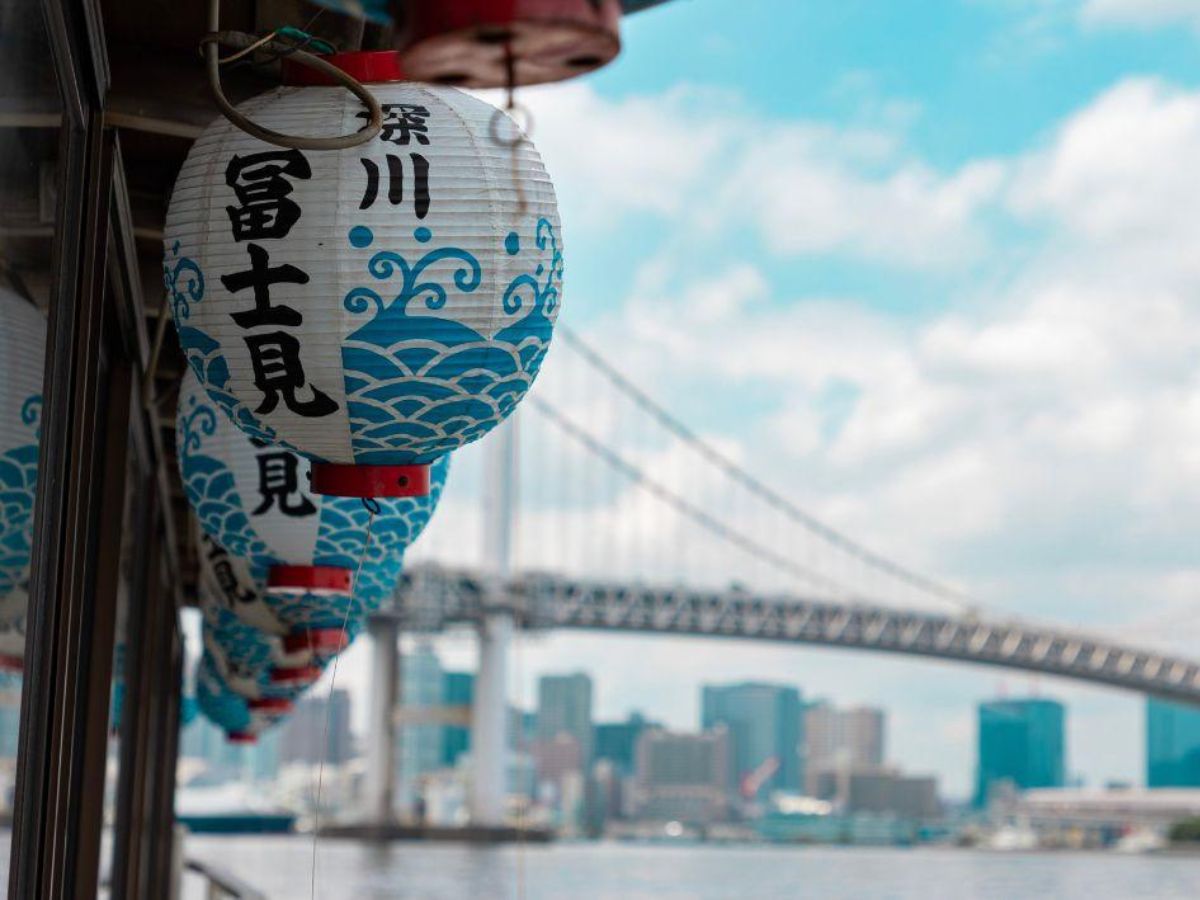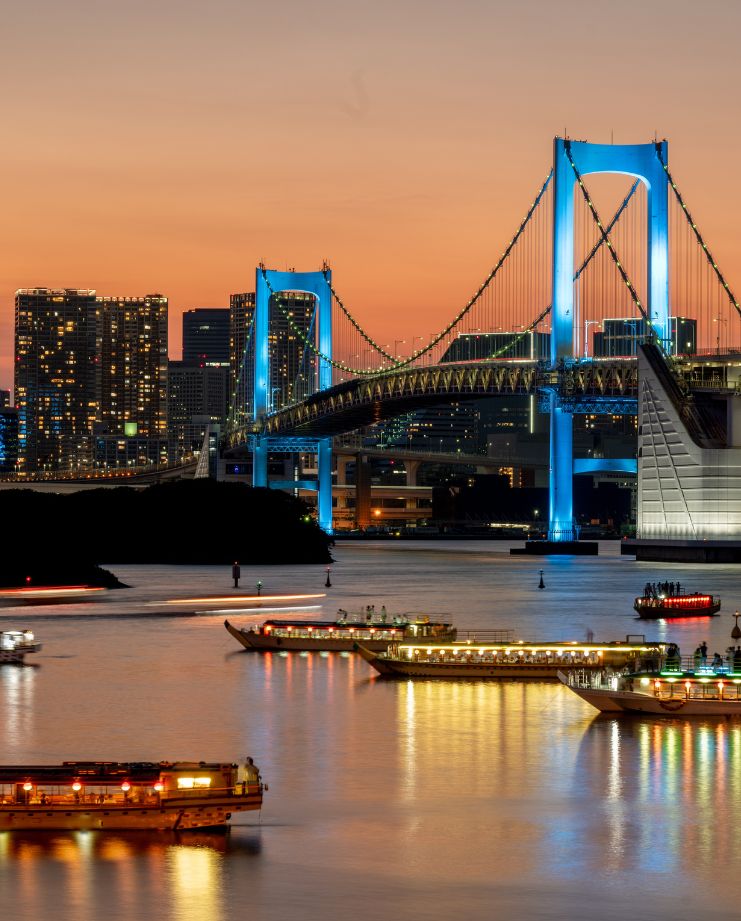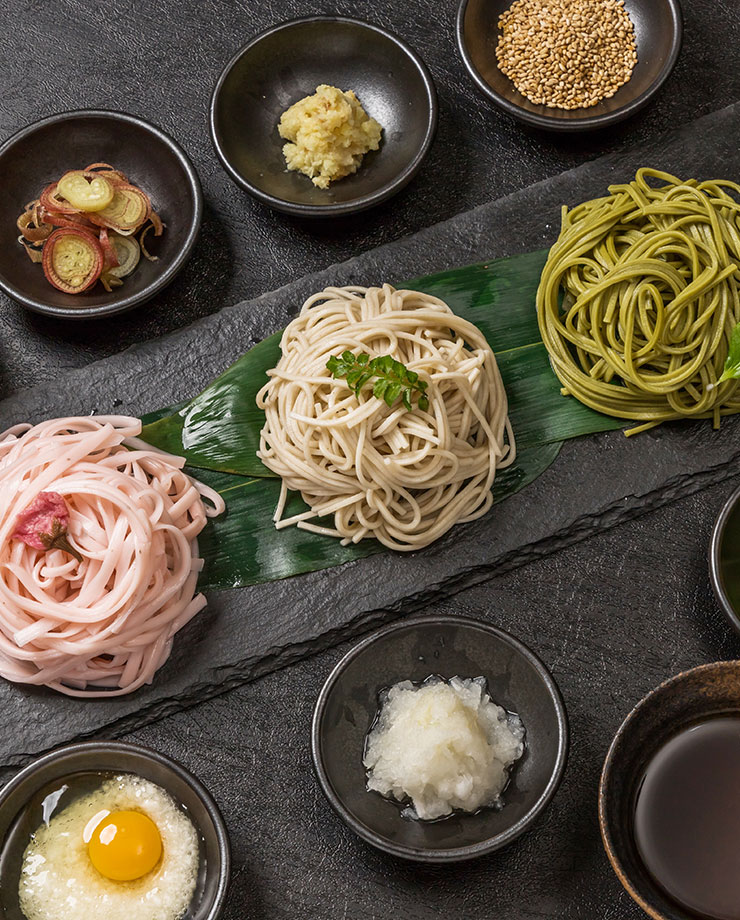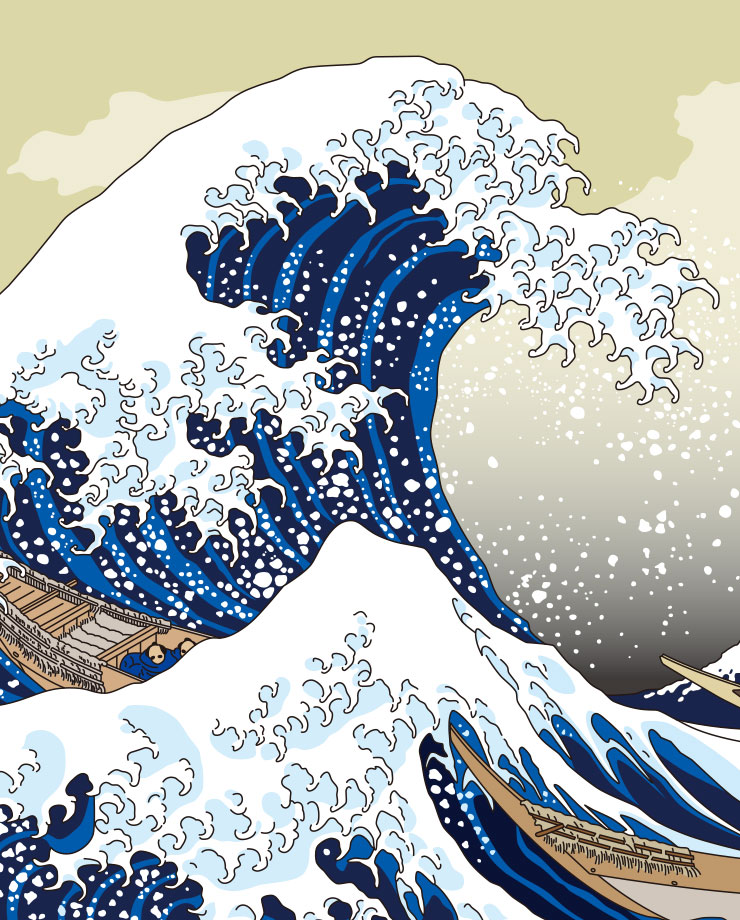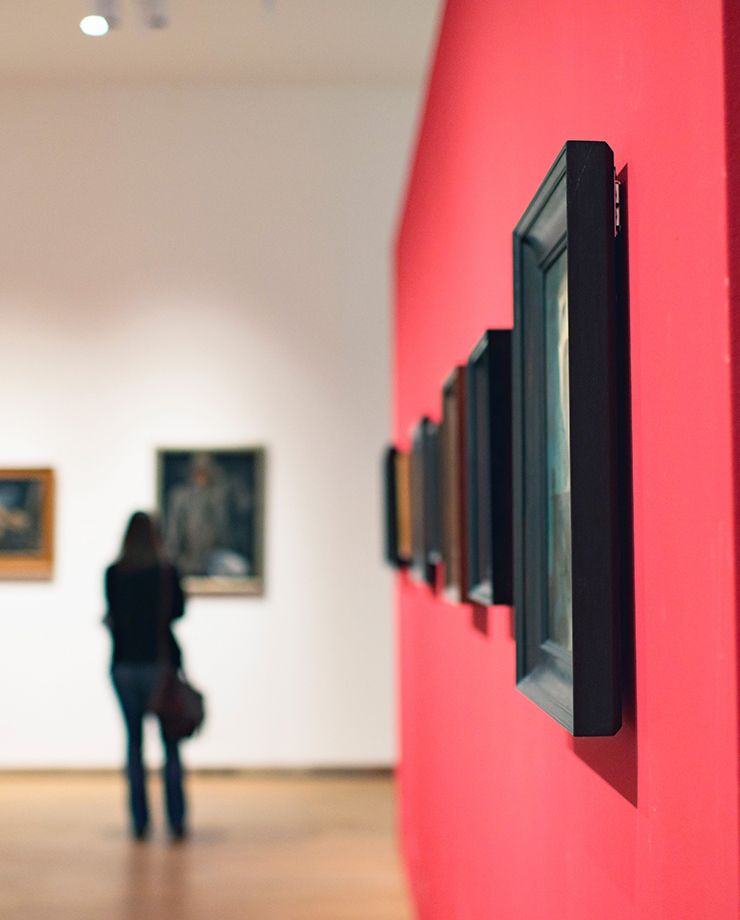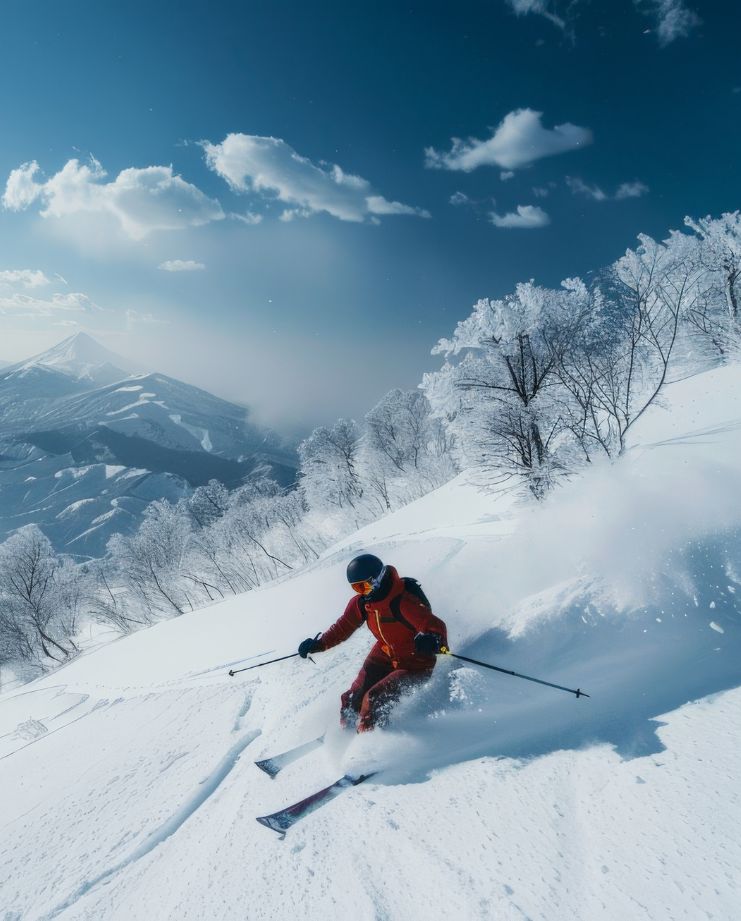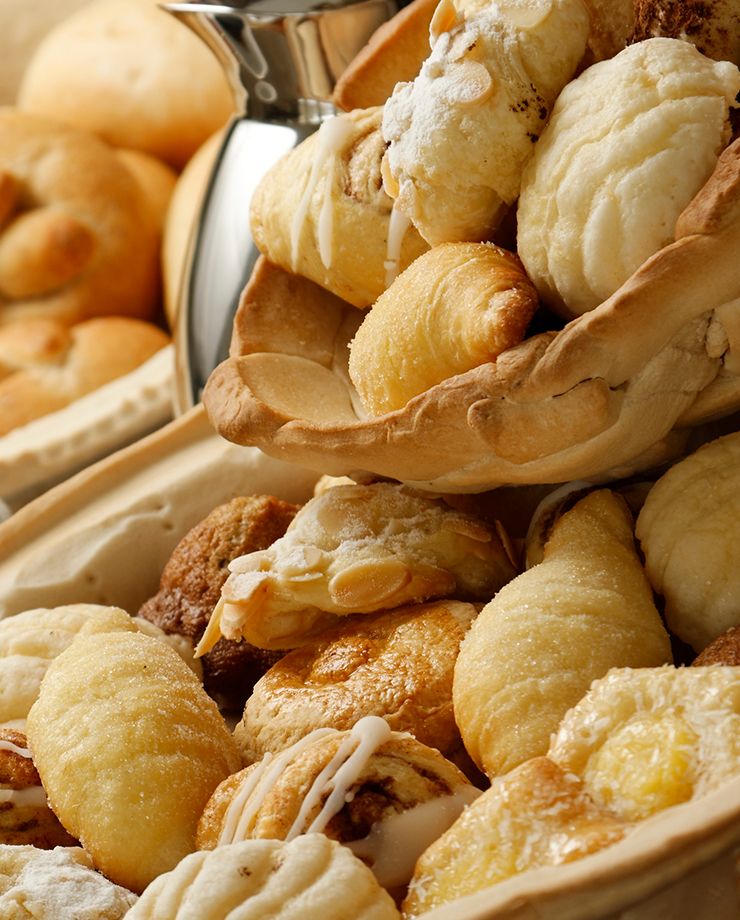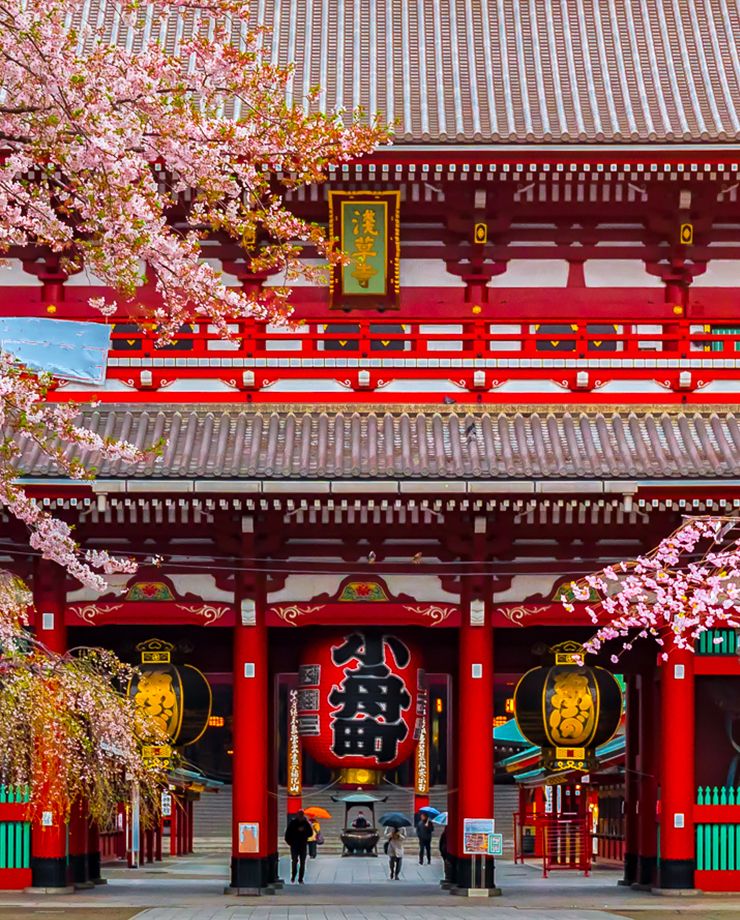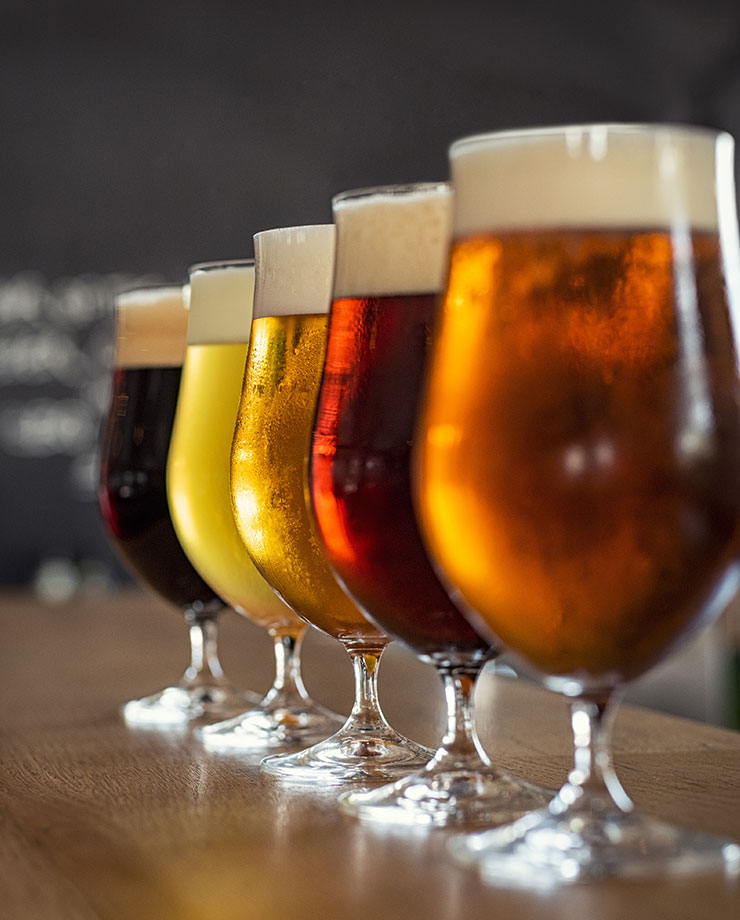Yakatabune Cruise
Cruise on Yakatabune
The Sumida River, which courses through Tokyo, is one of the most scenic waterways to experience the beauty of Tokyo. You will be visiting SKYTREE® and other photogenic spots. You can also choose courses that cruise around Odaiba where panoramic views of Tokyo Bay is just stunning.
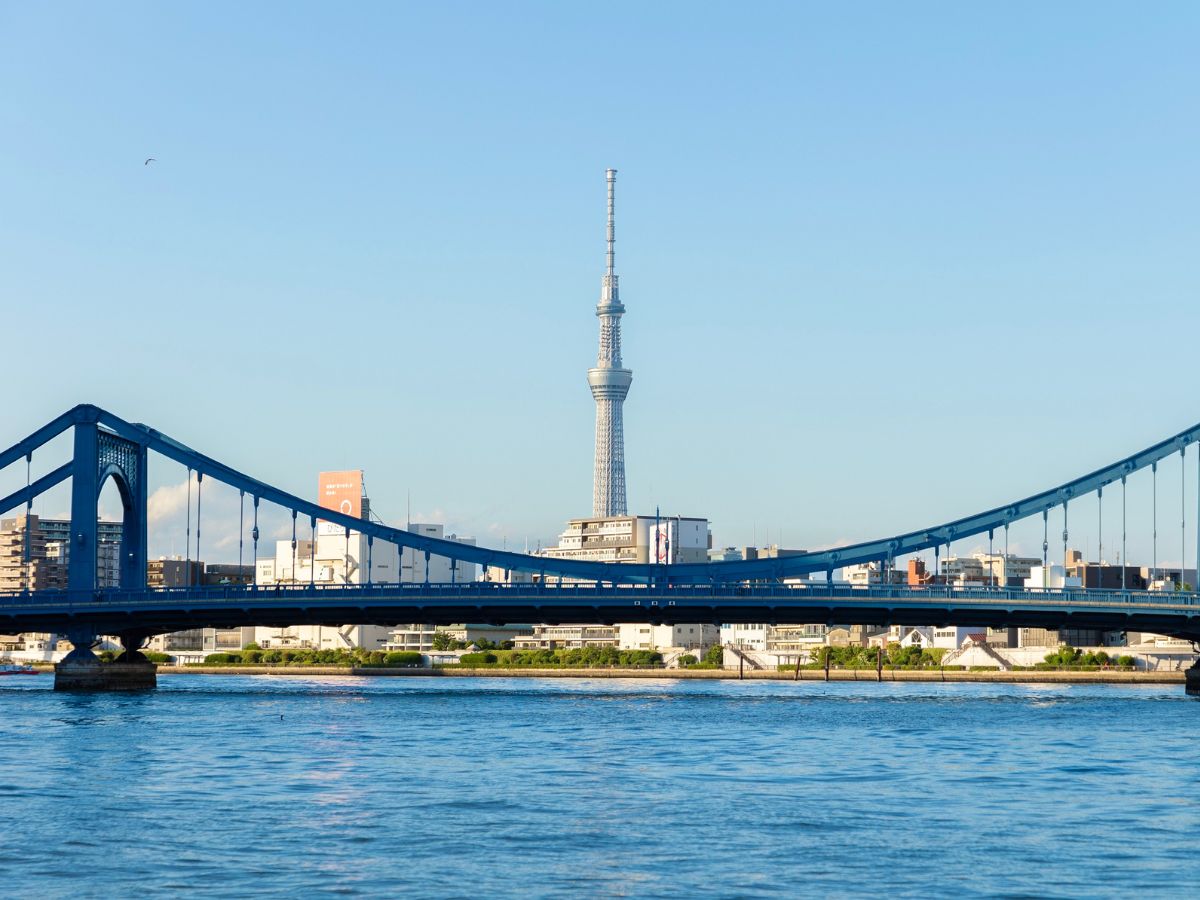
Spring - Cherry blossom viewing
In Sakura season, the cruise takes you past Tokyo's top cherry blossom spots, including Sumida Park in Asakusa. It’s one of the most scenic waterways to experience the Yakatabune. You can float beneath the stunning beauty of cherry blossoms, while avoiding the crowds and hassle on the ground.
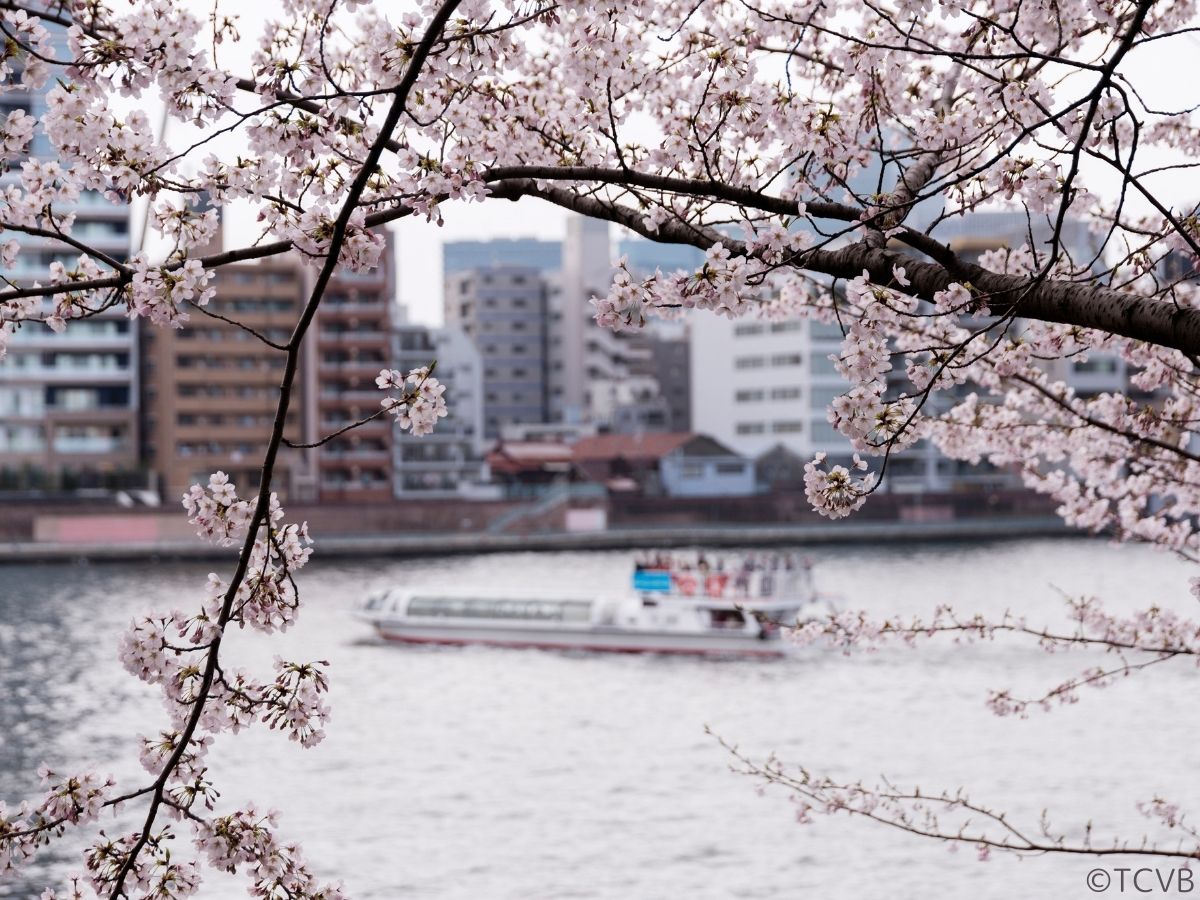
Summer - Fireworks
There are several firework festivals that can be viewed from Tokyo waterways every summer. Breathtaking views of stunning fireworks that light up the sky and the city of Tokyo will be unforgettable night for you and your loved ones. Often the cruise includes dinner and drinks on the boat.
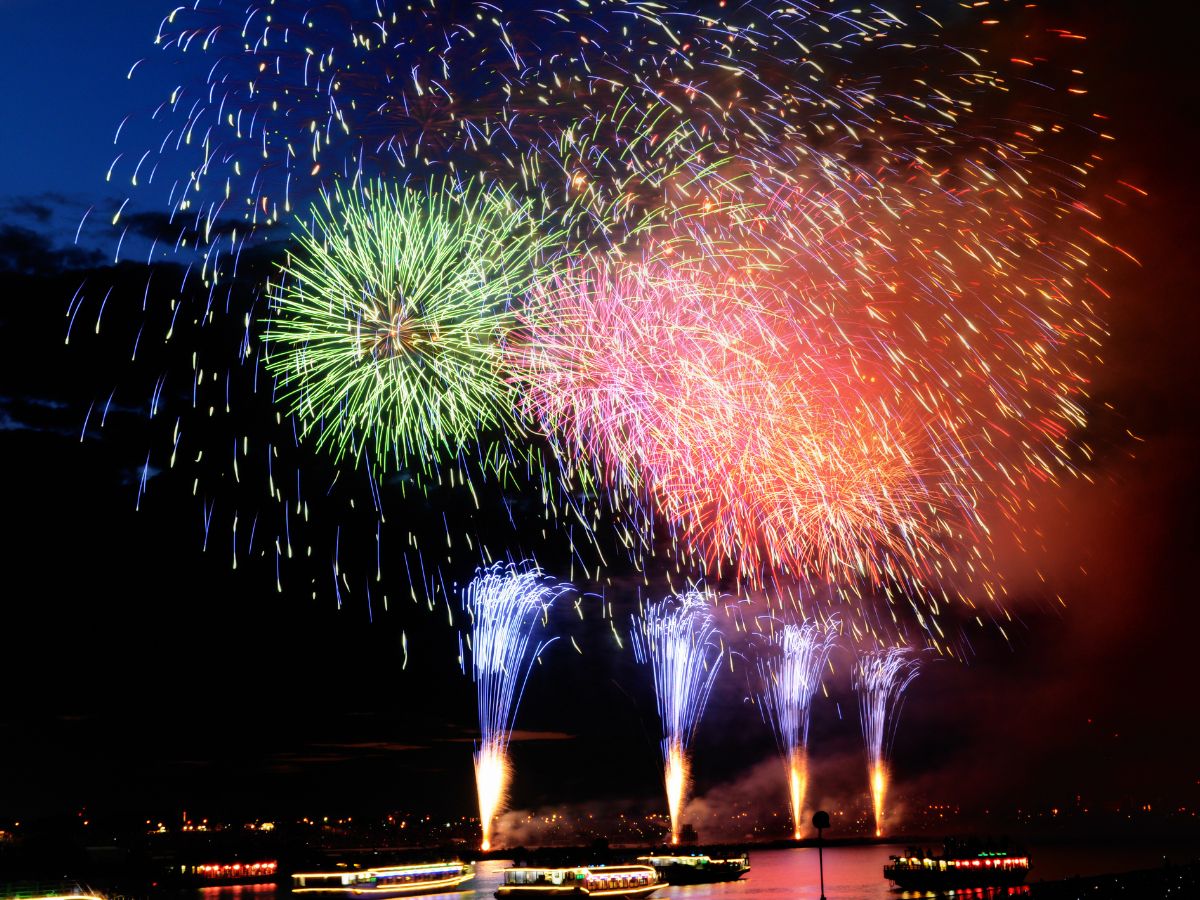
Autumn - Fishing experience
While the cruise shows you around the Tokyo waterfront, you will be brought to a fishing spot where there are goby fish to catch (and release). In Edo era, Tokyo is as famous for fresh seafood as Edomae-zushi, meaning Edo-style sushi was invented. Fishing is one of the seasonal fun that local peopled enjoyed in Tokyo.
